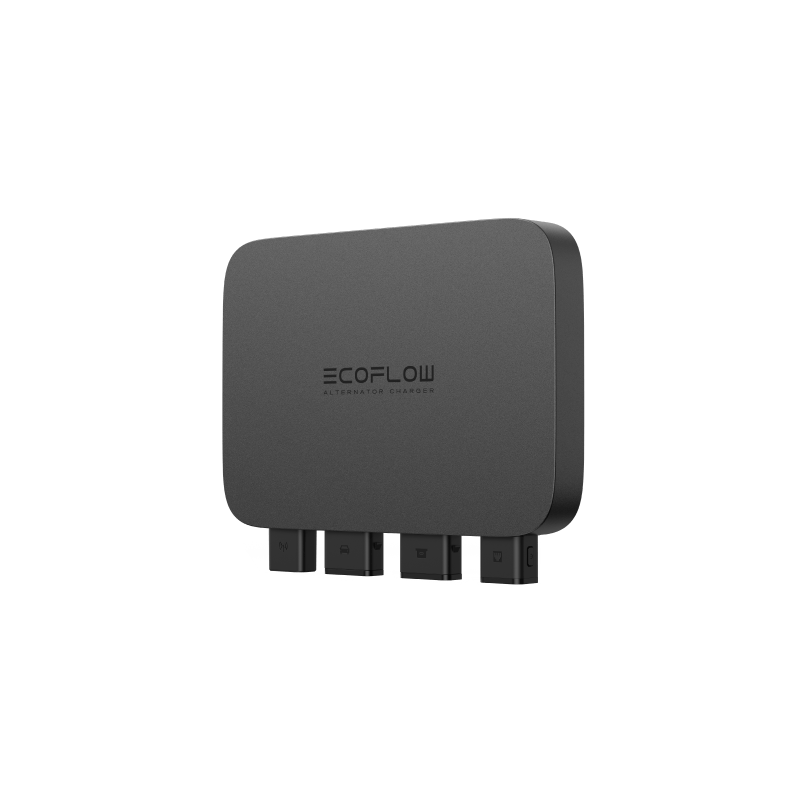- Jul 20, 2024
- 28
- Media
- 19
- 54
- Vehicles
- 2024 Toyota Landcruiser 1958, 1985 Toyota Landcruiser FJ60, 1998 Mitsubishi Pajero Mini, 1993 Jeep YJ, 2004 Mitsubishi Montero Limited, 2018 f150
I'm trying to figure out the best way to charge my camper while driving. On my current truck the 7 pin connector gives next to 0 power to the camper while driving. Would be nice if I could figure out how to charge it while driving so my lithium batteries are always fully charged when arriving to camp for the night. I know the 2400w inverter can do it but figuring the best way to wire it seems tricky. I dont really want a giant extension cord coming out the back hatch of the cruiser and plugged into the port on the side of the camper. Any ideas? Has anyone done this?


